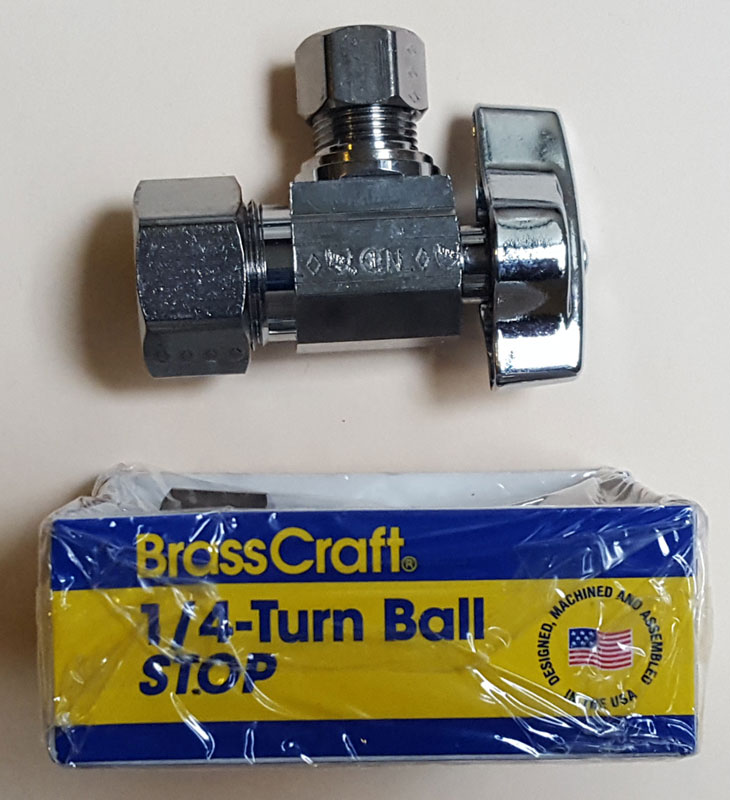Jbru
New Member
Hello all,
New home owner and decided to fix a leaky toilet shut off valve. I did research. Read the forums and watched multiple videos. I thought I could DIY, but just ran into a major issue.
So the old shut off valve appeared to be seated. I got a pipe cutter and cut it off. Left about 2 inches of the copper pipe protruding from wall.
I went to put my new 1/2" inlet angle shut off valve on, and lonand behold the shut off valve doesn't fit. It seems the inner diameter of the pipe is 1/2", but the outside of the pipe appears to have an extra sleeve of some sort?
So now I have my main water shut off and am open pipe. I can't get the 1/2" valve or end cap on. Please help!!!
If I need a plumber, is there a way to seal off the end in meantime so that I can have running water? Thanks you. Pictures linked below.
https://postimg.cc/gallery/Q3b6t3d

New home owner and decided to fix a leaky toilet shut off valve. I did research. Read the forums and watched multiple videos. I thought I could DIY, but just ran into a major issue.
So the old shut off valve appeared to be seated. I got a pipe cutter and cut it off. Left about 2 inches of the copper pipe protruding from wall.
I went to put my new 1/2" inlet angle shut off valve on, and lonand behold the shut off valve doesn't fit. It seems the inner diameter of the pipe is 1/2", but the outside of the pipe appears to have an extra sleeve of some sort?
So now I have my main water shut off and am open pipe. I can't get the 1/2" valve or end cap on. Please help!!!
If I need a plumber, is there a way to seal off the end in meantime so that I can have running water? Thanks you. Pictures linked below.
https://postimg.cc/gallery/Q3b6t3d

